Superiority of refractory brick facade
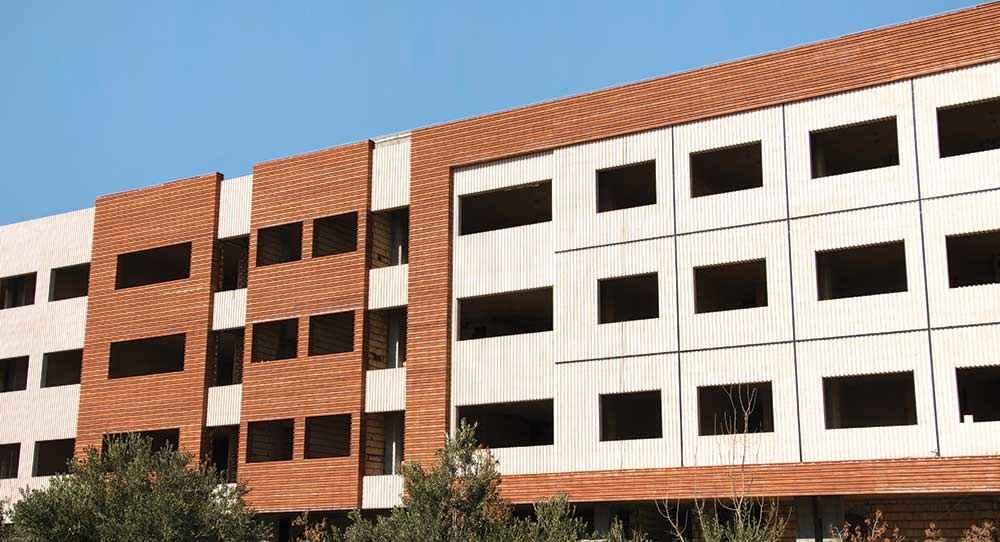
Introduction
The building façade is one of the most important parts of any construction project, playing a decisive role in the beauty, durability, and identity of the structure. Among the various materials used for façades, firebrick (refractory brick) has gained a special place. Owing to its unique physical, chemical, and aesthetic characteristics, it is considered one of the best choices for building exteriors in both classical and modern architectural styles.
1. Definition of Firebrick
Firebrick is a type of brick made from refractory clays such as alumina, silica, and kaolin, fired at very high temperatures—approximately 1200 to 1500°C. This process results in a brick with exceptional thermal and mechanical strength, capable of withstanding harsh environmental conditions without losing its structural integrity.
2. Technical Properties of Firebrick
The technical features of firebrick distinguish it from other façade materials:
High resistance to heat and flame: Firebrick can withstand extremely high temperatures without discoloration or deformation.
Resistance to moisture and frost: Unlike ordinary bricks, firebrick endures repeated freeze–thaw cycles without cracking.
Color stability under sunlight: Its natural color is derived from the minerals in the clay, not from artificial pigments, ensuring it does not fade over time.
High compressive strength and low water absorption: Its dense and uniform structure prevents moisture penetration and increases durability.
3. Advantages of Firebrick in Building Façades
3.1. Exceptional Durability and Longevity
One of the greatest benefits of firebrick façades is their long lifespan. Unlike stone or cement façades, which may crack or fade over time, firebrick maintains its original form and color even after decades of exposure to weather.
3.2. Aesthetic Appeal and Color Variety
Firebrick is produced in a range of natural colors, including red, brown, cream, yellow, chocolate, and black. This variety allows designers to create visually striking modern or traditional patterns by combining different shades.
3.3. Resistance to Iran’s Diverse Climate
In cold regions, firebrick resists frost and temperature fluctuations; in hot, arid areas, it does not fade under intense sunlight. These properties make it an ideal choice for façades across most parts of Iran.
3.4. Easy Maintenance
A firebrick façade requires little cleaning or repair. Its surface resists urban dust and pollution, and when necessary, it can be easily washed with water to restore its original appearance.
3.5. Compatibility with Other Materials
Firebrick combines beautifully with materials such as wood, glass, stone, and metal, adding a balanced and natural aesthetic to both contemporary and traditional buildings.
4. Environmental Aspects
Firebrick is a natural and recyclable material that, unlike composite or chemical façades, produces no harmful environmental waste. Furthermore, its durability reduces the need for frequent replacement or repair, making it both economically and environmentally sustainable.
5. Comparison with Other Façade Materials
| Feature | Firebrick | Natural Stone | Aluminum Composite | White Cement |
|---|---|---|---|---|
| Thermal Resistance | Very High | High | Low | Medium |
| Moisture Durability | Excellent | Good | Weak | Weak |
| Color Stability | Excellent | Good | Medium | Low |
| Maintenance Cost | Low | High | High | Medium |
| Aesthetic Variety | Wide Range | Limited | Wide Range | Low |
This comparison clearly shows that firebrick surpasses most other façade materials in terms of durability, beauty, and maintenance efficiency.
6. Conclusion
A firebrick façade represents a perfect blend of beauty, strength, resilience, and authenticity. It not only gives buildings a warm and natural appearance but also provides exceptional resistance against environmental factors. Its long-lasting natural color ensures that the façade retains its visual charm over time.
For these reasons, firebrick is now recognized as one of the most durable and aesthetically superior façade materials in contemporary architecture—both in Iran and around the world.


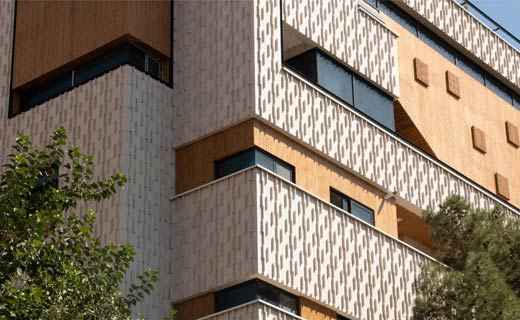
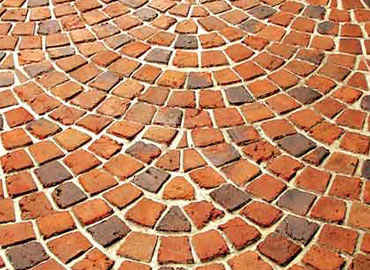
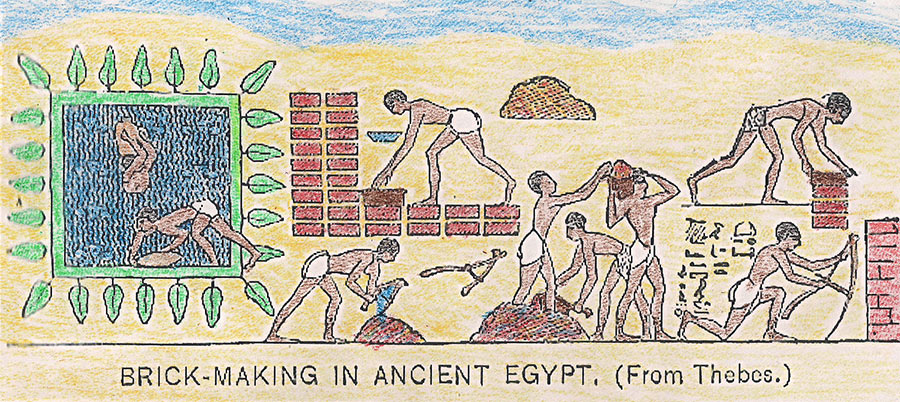
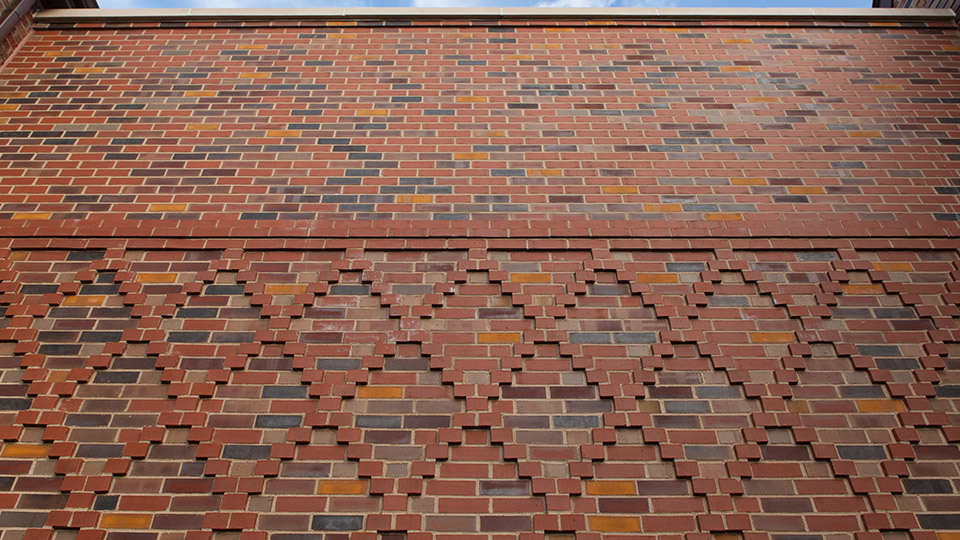
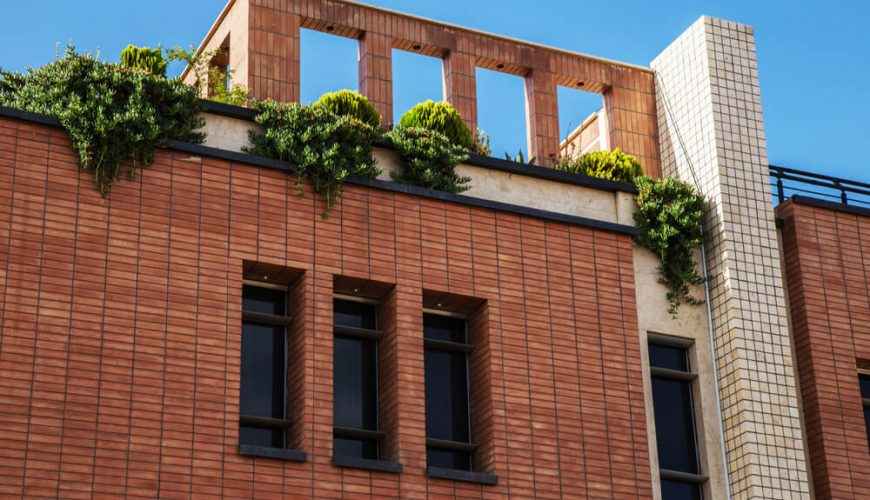
Comments
Your Comments
Comments